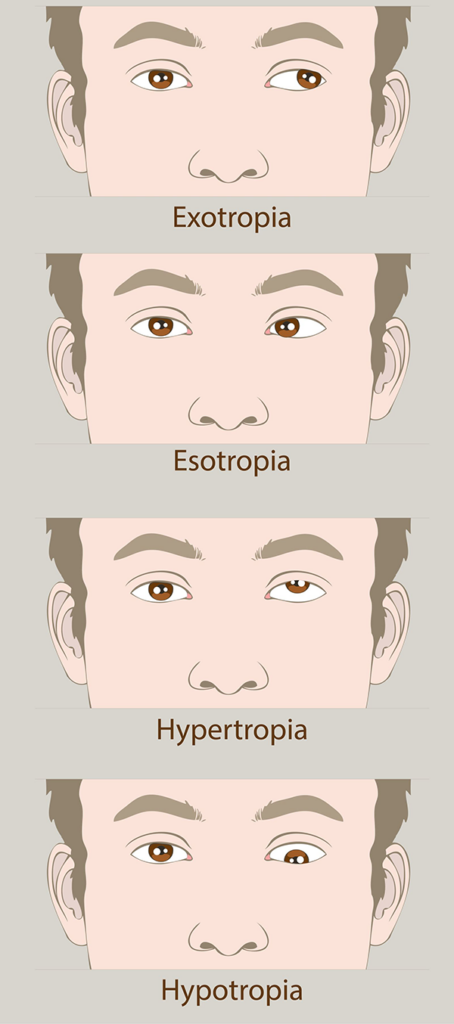What Is Amblyopia?
Amblyopia is when the eyes and brain don’t work well together, leading to a weaker vision in one eye. It’s not about the eye structure; it’s the brain’s processing. This meaning of amblyopia highlights the uneven interaction between the eyes and the brain. Vision clarity diminishes because the brain chooses to rely on one eye. Amblyopia impacts about 3 in every 100 children worldwide, indicating how widespread it is. Early intervention is essential since it is easier to fix when kids are young and their eyes are still developing.
The Development of Amblyopia
Amblyopia develops when the brain opts to use one eye more than the other. This often occurs because of specific conditions like strabismus, also known as crossed eyes, or refractive errors, which are issues with focusing. Sometimes, obstructions like cataracts in children’s eyes can trigger it too. There are hereditary risk factors as well, meaning if a family member had amblyopia, it’s wise to be extra vigilant. Understanding these risk factors is crucial. Knowing one’s family history can play a significant role in early detection and treatment, which is key in combating any potential effects of lazy eye.
Recognizing the Symptoms of Lazy Eye
Detecting symptoms of amblyopia early on makes treatment much simpler. Here’s what to look out for:
- Misaligned Eyes: One eye might appear to wander, not working in harmony with the other.
- Poor Depth Perception: Difficulty in judging distances, which might cause issues while playing sports.
- Difficulty Seeing Out of One Eye: It might not be obvious unless one eye is covered and the child struggles to see.
In infants, there are more subtle signs:
- Delayed Walking: Because judging distance is hard, they may slow down in physical development.
By the time kids are older, they might face other issues like:
- Headaches: Persistent headaches can be tied to amblyopia as the brain struggles to correct vision discrepancies.
- Double Vision: A confusing sight where objects seem doubled.
Recognizing these amblyopia signs early can lead to better outcomes with treatment. Pay attention to both obvious and subtle signs to safeguard vision health.
When to Seek Medical Advice
Regular vision checks are vital. If a child exhibits any sign of lazy eye, seeking medical advice promptly is essential. An untreated lazy eye may lead to permanent vision issues, something that is easily preventable with early detection. Pediatricians and optometrists are skilled in identifying mild amblyopia even if there are no apparent symptoms. Protecting vision early is essential for a child’s overall quality of life.
Treatment Options for Amblyopia
Treating amblyopia includes several strategies aimed at forcing the brain to use the affected eye. Here are some standard treatments:
- Glasses or Contact Lenses: These correct underlying refractive errors.
- Eye Patches: Used to cover the stronger eye, encouraging the weaker eye to focus more.
- Surgery: In cases like cataracts, corrective surgery may be necessary.
Treatment plans should be customized to fit the individual needs of the child. Success stories abound, showing improvement across various cases. Early treatment can make a huge difference, which is a beacon of hope for parents and guardians.
Prevention and Lifestyle Tips
Regular pediatric eye exams are crucial, even if no symptoms are visible. A healthy diet can support good eye health, featuring plenty of nutrients like vitamins A and C. Parents should encourage environments that foster healthy vision development—plenty of outdoor playtime and limiting screen time can help.
Conclusion & Call to Action
Understanding and acting on symptoms of amblyopia is vital to prevent future vision problems. It’s crucial to schedule regular eye exams for our kids to catch any issues early. For more information and resources, including guides and support groups, consider checking the National Eye Institute’s offerings. Your child’s vision is a precious gift—ensure it’s protected.
Remember, the earlier you act, the better the outcome for child’s vision health!

